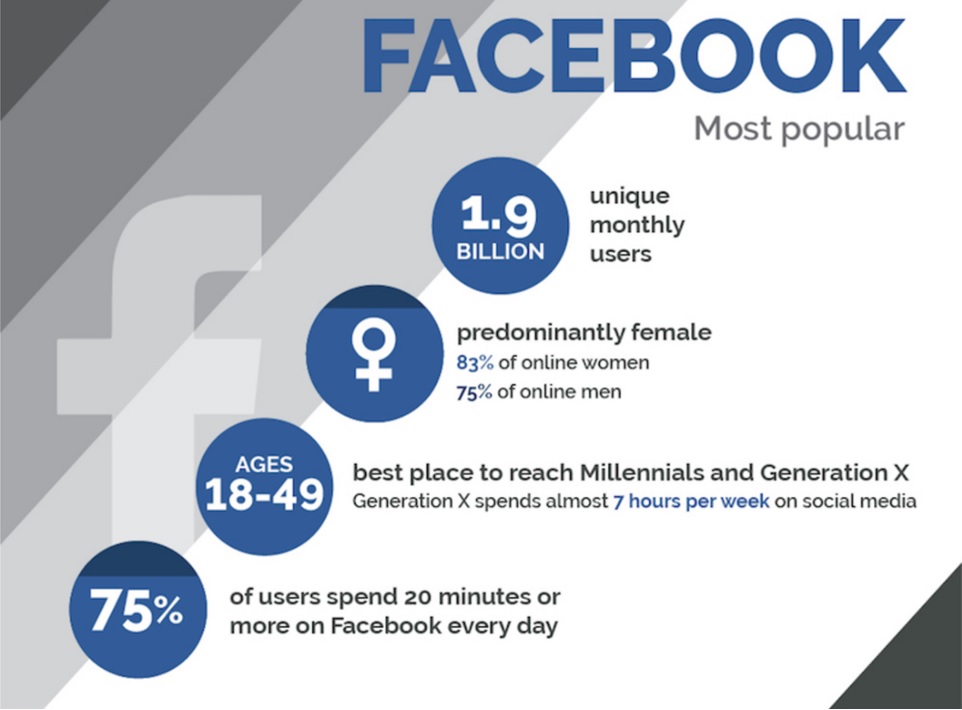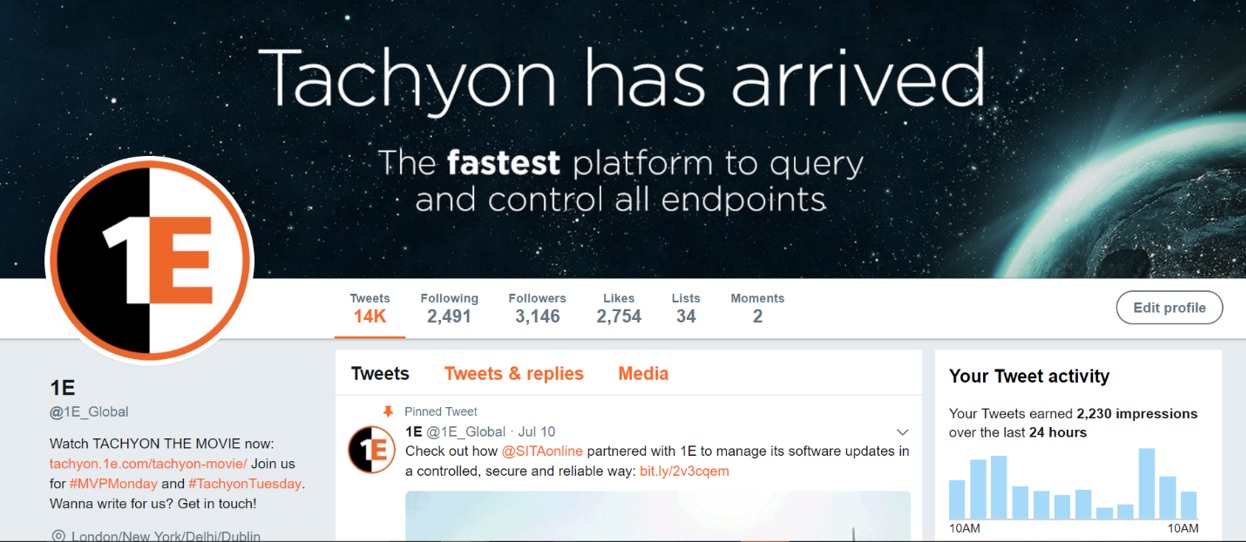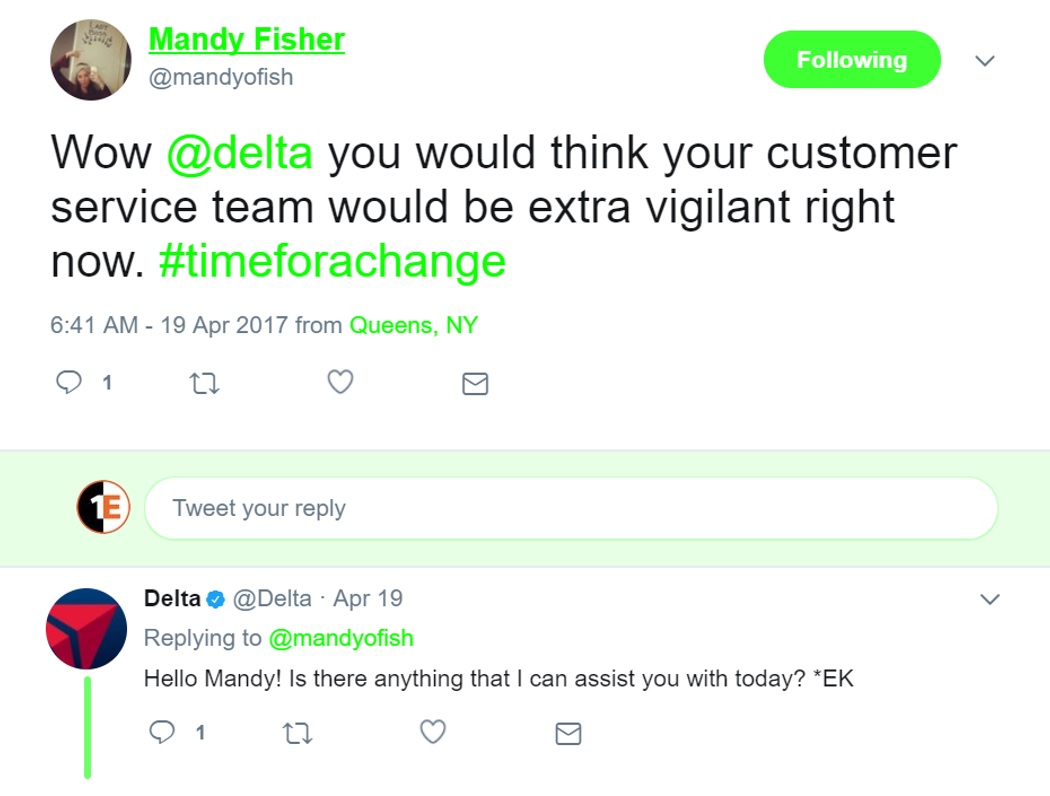The buzzwords never end. A proliferation of platforms, tools, and solutions now pitch their “societal listening” abilities, databases of “influencers,” or “intellect,” promising businesses new ways to augment their marketing campaigns and easily tap into new audiences. Platforms dazzle with slick dashboards and movies, startups burst at the seams with salespeople that are smiling, and reviews describe recent product starts that are influencer-attended.
What brand executives or advertising professionals are not seeing from the great majority of listening tools that are societal, influencer management platforms, and business intelligence companies isn’t any actual value. Why? Since they’re all doing variations of the same thing and employing the same pool of data. And why are you doing this? Because it’s extremely difficult to get it done any other way.
So in the end, 2017 will probably be the same as 2016: companies will keep on poring over previous quarter’s information for insights hoping for the best and while throwing advertising dollars.

Who (and what) affects audience is as lively and ever-changing as fashion tendencies.
The question
Businesses which view some value from data analysis often struggle to use it effectively or even reconcile spending impact. Understanding basic market trends and where one’s company sits in comparison to the competition goes so far in determining how to reallocate marketing budget within another quarter, picking where to open the store, or expanding into a new market.
Across the board, what decision-makers shortage is information that gives confidence to them: information that rescue or create and may pinpoint future opportunitiesthan waste more–money.
What is also needed is data that spans teams that are global. Executives in London, New York, or Paris get updates from teams or partners in markets like Brazil or China, or even recommendations from these groups to engage with vague promises of success but small, and no evidence followup in expensive efforts. That is, quite simply, because nearly all “influencers” recognized by third-party companies or tools are not actually influential.
Recently, a customer asked us to look into the impact of an advertising effort by their advertising associate in Hong Kong. Despite reassurances from the promotion team their expensive efforts were engaging a huge Chinese audience, we watched little more than a blip in actual brand influence or audience excitement, which blip did not coincide with marketing pushes–suggesting that any impact was coincidental, and marginal at best.
As listening tools do taking a look at the surface level , this effort would have been reported on the client as a success. That’s because these tools can adhere calculating stocks exactly the likes, and comments and pulling from the information sources that are public. Ultimately, the “influential” individuals identified by this marketing partner in China had follower counts artificially inflated with bots and fake fans, causing our customer to squander money marketing their company to a legion of non invasive men and women.
When constructing Enflux from the ground up, we took a significantly different, forward-facing approach that comprehensive–and difficult–by design.
We did so because of our team’s understanding of advertising challenges and innovations in data science, and also our expertise seeing clients either missing opportunity or tired of spending money with no provable return .
Stemming the flow
Two factors are crucial to capitalize on opportunities or stem the flow of marketing budgets: Triangulation and Trust.
For instance, when wanting to collaborate with “influencers”–or perhaps established celebrities–in almost any marketplace, any success will be grounded in customer confidence. Do people trust the people that an influencer management platform pulls out of its database that is inactive? Do those “fashion bloggers” actually have any legitimacy when posting about particular ares like jewelry? Automobiles? Footwear? Do audiences engage positively to their articles or ironically repost? There is, after all, such thing as poor engagement, and influence is not continuous across the board. Are the sorts of people that those influencer advertising firms, platforms, and “specialists” finding really trustworthy if they knowinglywant brands to locate them? Do their audiences believe these folks care about one particular brand when they posted about countless others?
Like trends, is ever-changing and dynamic. If advertising teams or third-party bureaus can’tprove someone truly will affect others (or reach an audience that isinclined to be affected), they are not worth your time or marketing budget.

By triangulating internal and external data, social media and internet impact, Enflux revealed that a customer’s marketing partner in China was failing to drive engagement, and any involvement that did occur was natural and by chance. Therefore, the initiative was ineffective.
Our data suggested that the customer’s advertising firm failed to reach the correct people audience sentiment and a lack of engagement. There may have been a few reposts and “likes,” but that’s all window-dressing when you are spending tens of thousands (or millions) on a brand new and unknown marketplace and need consumers who actually care about your brand.
When seeking to wisely spend budget: Triangulation, this ties into the second imperative. Again, companies or most tools look at data in a siloed fashion — because it is simple to do this way and that is how it has always been done. But information can only benefit a business if it is put to a context that is more comprehensive. Enflux, our firm, never looks at information at a vacuum. We carry triangulated data resources and data-points to provide more precise insights, deeper.

Identifying areas of business chance takes multiple, triangulated data resources and data-points, something that conventional marketing tools don’t take into consideration.
The butterfly effect
What happens on one online platform bleeds into another–whether it’s activity on WeChat in China causing a butterfly effect on Facebook from Southern California or some company’s financial yields, weather patterns, or tourism trends feeding activity on Instagram (or vice versa). Each social networking platform has its own types. To deal with this, we developed the Enflux Interaction Score (EIS), a proprietary measure of the ability of someone or trend to motivate audiences. This score incorporates dozens of individual measurements into one score spanning various types of activity.

Not all audience involvement is favorable, as we discovered in a recent study on rainwear.
1 example of how we place the EIS to utilize is to get a client that was looking at their performance in america market. To do this, we dug into a lot more than social networking–something which social listening tools simply aren’t meant for–and layered thousands of data sources and millions of data-points (automatically tailored just for this customer) to determine underserved cities which would be the most curious and likely to purchase our customer’s products. We then predicted the way the customer could engage audiences in these cities, and what kinds of activation they would be interested in (Pop-ups? Store openings? Giveaways?)
It is this kind of information that can help funds from error and trial and towards advertising campaigns that generate revenue.
Data is as everything you are capable to do with it just as valuable to your organization. If this data does not ultimately help you make more confident, effective decisions and quit wasting on marketing campaigns that are underperforming, it’s time to move on. Today, it’s imperative that businesses look to demonstrate their value. We’ve done this through an extensive and contextual, forward-facing strategy, one that’s key in a marketplace, to give customers the ability spot trends ahead of their competition, make decisions, and to seize opportunities.

